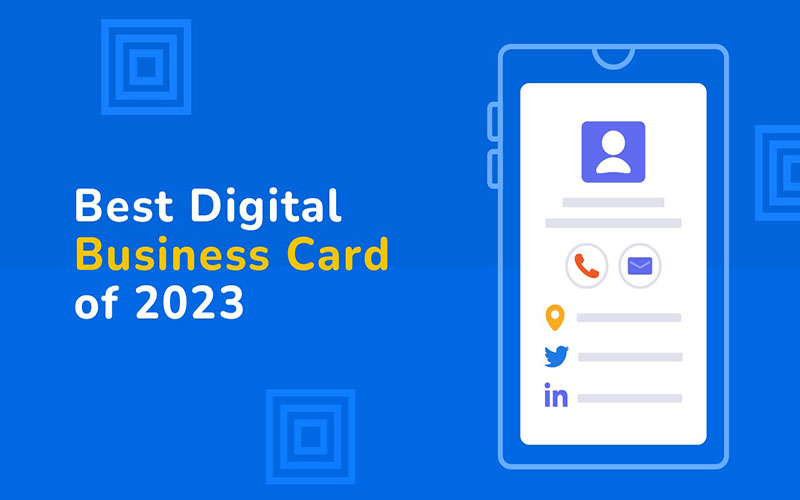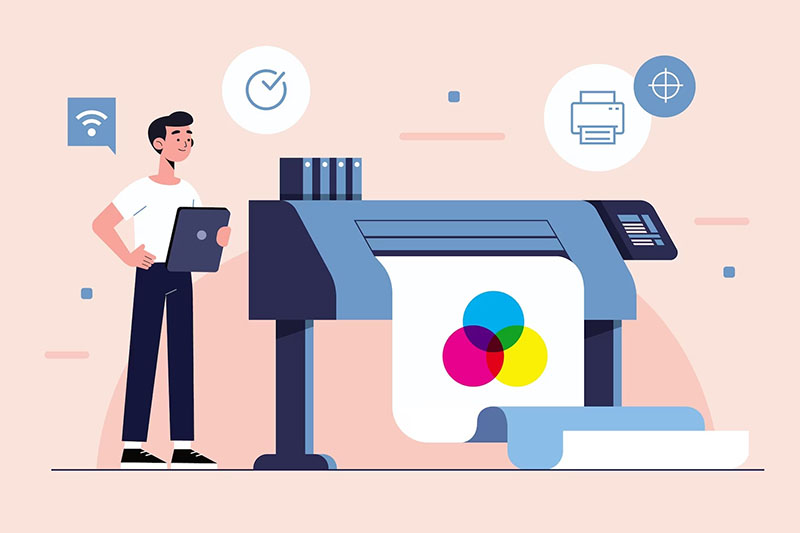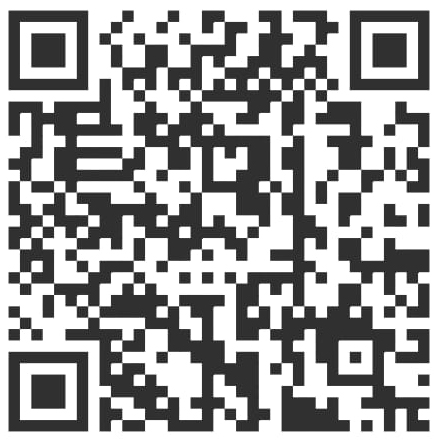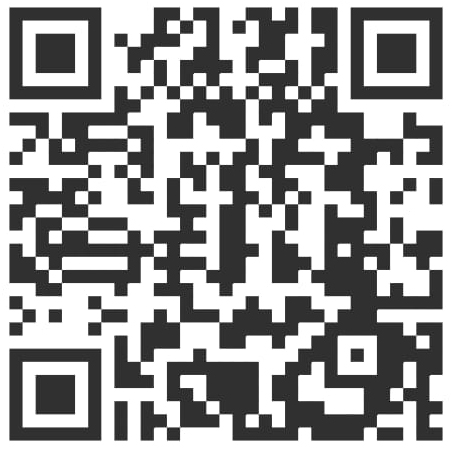
UI/UX Designs - The development preview of live apps.
Read Post 03 Marh 2025
In 2018, the number of Mobile apps downloaded worldwide was 205.4 billion. And now it is expected to reach 260 billion by 2025. This shift made UI/UX designing an integral part of any product-based company. UI/UX designing is a science that improves the application's user experience and usability. Almost every company including Facebook, Amazon and Google invests heavily in it. UI design is the process of transforming wireframes into polished graphical user interfaces. This enhances a product's usability and creates a connection between the end user and the product.
A User experience or UX is made up of many user interfaces which come together in a seamless floor to form a product.
The difference between the User experience and the user interface is that UX is the experience, a user has with a product or service; while UI refers to the key setting elements by which people interact with the product. UX focuses on interaction design, wireframes, information architecture, user research and scenarios. UI focuses mainly on visual designs, colours, graphic design, layouts and typography.
Despite the differences UI and UX are not entirely different, as both of them are crucial to work closely to determine how the product will function and be visually attractive with influencing each other.
You once created a beautiful website which is very attractive but people are not able to get or find what they want which means they are totally unable to navigate on your website. So, now no matter how good and aesthetically pleasant your website looks without user experience the user will become frustrated because of the lack of usability and will leave your site.
The role of a user experience designer is to understand the customer's journey, which means understanding the target audience, interviewing customers, defining user flows, and conducting user testing.

Business Card re-defined - Digital Website Card.
Read Post 12 March 2025
Quick and Easy Access to Your Website: Digital website cards provide a quick and easy way for potential customers to access your website. By simply scanning the card with their smartphone or clicking on a link, they can easily navigate to your website and learn more about your business.
Improved User Experience: Digital website cards offer an improved user experience compared to traditional paper cards. They are more engaging and can include features such as videos, animations, and interactive elements that can help to capture the attention of your target audience.
Eco-Friendly: Digital website cards are eco-friendly, as they eliminate the need for paper cards that contribute to deforestation and waste. By using digital cards, one can help to protect the environment.
Increased Visibility: Finally, digital website cards can help to increase your visibility online. By including keywords and phrases that are relevant to your business, you can improve your search engine ranking and make it easier for potential customers to find your website.

Basics introduction to Video Production.
Read Post 09 June 2025
Pre-Production --- The first step in the process of creating a video is all about preparation and setting the groundwork. The pre-production phase includes:
Production ----The meetings are over, the preparation is complete. Now, it's time to have some fun! The production phase is where you capture all the interviews and footage for your video. This is the part where the story begins to come to life. The production phase includes:
Post-Production ----After the production phase is finished, the producer and editor go to work. During the post-production phase, your video production team will begin the process to organize, plan, and edit the actual video. The production phase includes:
In addition, Videos are very significant especially for businesses just starting out, video can capture the attention and understanding of your target audience in under 2 minutes. When viewers watch a video, they retain 95% of the message, yet only 10% after reading written content.

Social Media Marketing is an emerging power.
Read Post 23 June 2025
Advantages of Social Media - Social media platforms can help in many ways. You can let people know right away. Help your business grow. Many people love social media. Because it can be both informative and entertaining at the same time. Here are some of the benefits of social media that can be considered a blessing.
Informative - Social media provides a lot of information from various sources. Many people living in rural areas can get information through social media. Internet speed is the reason. On social media, many news organizations and individuals share news and data, leading to the spread of information.
Publicity - It's a great promotional tool, and it's actually the best. Social media makes people famous overnight. It takes a blink of an eye for something to go viral and cause a storm on social media. In addition, great celebrities gain fame and good audiences for their work. Ranu Mondal was a beggar, but she became an overnight star because of her singing ability.
Business Promotion - There are many resources on the Internet. One of them is social media. Social media is commonly recommended for business promotion by many experts. It's fast and easy to use, allowing people to instantly connect with any business. Many people don't run big ads, but they use social media tools to promote their business.
Entertainment - Who wouldn't use social media for entertainment? Entertainment is one of the main purposes for which social media is widely used. People all over the world use social media to watch videos and share photos. Instagram recently added one of its most popular features, the Reels feature for posting short videos.
Connectivity - Connectivity is a key element of social media. How can you advertise and grow your business if you have no connectivity? With easy access to anywhere in the world, users can make friends and connect with each other.

Software / App / Website / CMS development .
Read Post 02 July 2025
1. Application Software:- Application software is the most common type of computer software. It can be defined as an end-user program that helps accomplish a task and achieve a desired result. An end user here is someone who uses a product, program, or software. Application software can be stand-alone, or it can be a set of programs that run the software on behalf of the user.
2. System Software:- System software helps computers or mobile devices, applications, and users work together seamlessly. System software is therefore essential to running application software or an entire computer system. It manages hardware and software operations and provides a platform for all kinds of software.
3. Programming Software:- Programming software is software that computer programmers and software developers use to write code. Programming software allows developers to create, develop, test, and debug other software programs. They use programming languages such as C, C++, JavaScript, Python and Java and translate them into machine language.
4. Driver Software:- Driver software, also called device drivers, is considered a type of system software. Driver software operates and controls the peripherals and devices connected to your computer. Drivers enable the devices attached to your computer to perform necessary tasks. Every device needs at least one driver to work.
Types of Software Development:
In addition, Software development is important because it helps companies to be differentiated and competitive. It enables companies to innovate more, improve the customer experience, deliver feature-rich products, get to market faster, and make business operations more efficient, secure and productive.


